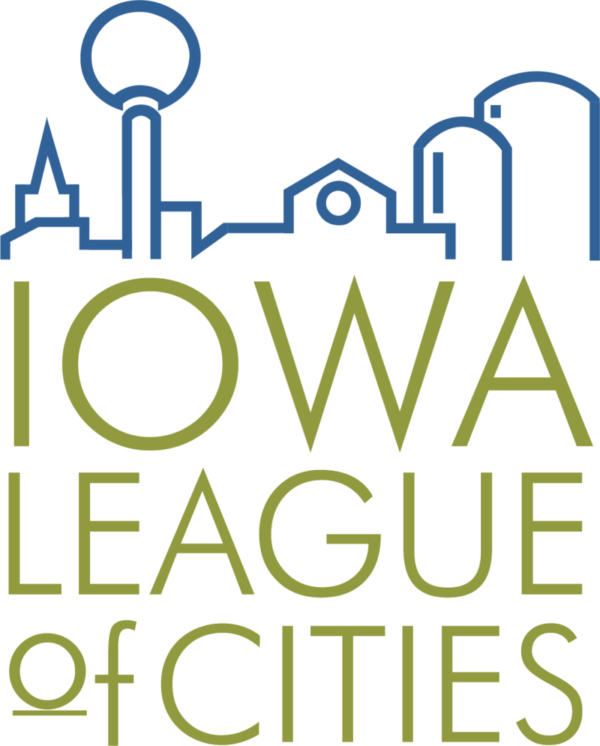The majority of cities in Iowa regulate animals and pets to some extent. Typically, an animal control ordinance regulates the treatment of an animal by its owner, animals running at large and creating disturbances, their impoundment and licensing which includes verification of a rabies vaccination. Many cities have extended their regulations to include dangerous animals and vicious animals.
Breed Specific Ordinances
Vicious animal provisions address domestic animals that have attacked or bitten a person without provocation or who have exhibited vicious propensities. In some cases, the specific breeds of animals have been identified as being vicious and are prohibited or specifically regulated.
Proponents of breed-specific vicious dog ordinances feel statistics have proven certain types of dogs are more prone to attacking humans and other dogs. They feel implementing an ordinance that bans these breeds solves the problem before there is an incident. Opponents cite other statistical studies that show there is little correlation between attacks and breeds. They also believe properly identifying a dog’s breed can be difficult and costly. Further complicating enforcement of breed specific ordinances is when a prohibited breed is used as a service animal; cities should consider including language that exempts service animals. These are just a couple of the issues that surround this debate, and it is easy to see why it can be a contentious one. If a city council feels a breed-specific vicious dog ordinance must be enacted in their community, they should make it as specific and detailed as possible. They should also prepare to be challenged.
If your city intends to adopt or amend its ordinance to include the regulation of dangerous or vicious animals, it is imperative you consult with your city attorney to ensure that the ordinance is drafted in a manner that will survive a possible challenge.
Alternatives to Breed Specific Ordinances
While some cities feel a breed-specific ordinance is necessary for their community, other cities have found different approaches to handling the animal and pet control issue. Another approach is to place more emphasis on owner responsibility by fining owners of pets who bite or attack a person or other pets. Cities have also restricted or disallowed ownership for those who have been cited for animal abuse or neglect, training dogs to fight and for running a puppy mill. Lowering the cost of a pet license if the pet has been spayed or neutered has also led to some success in controlling the pet population. Finally, working with local professionals to hold pet ownership classes can educate citizens on good training and ownership practices as well as the city’s animal laws.
Dangerous Animal Provisions
Dangerous animal provisions typically address the ownership of non-domesticated animals, animals that are not naturally tame or gentle, or animals capable of killing, inflicting serious injury or causing disease. In most cases, the ordinance lists specific animals that are deemed to be dangerous, such animals include, but are not limited to, wolves, bears and lions.
Wild Animals
Many cities are experiencing increases in certain wild animal populations; most often discussed is the urban deer population. An urban area with too many deer may see an increase in deer-motor vehicle accidents, property and landscaping damage as well as over-grazed natural vegetation which can adversely affect other wildlife in the area. In most cases, the deer population has risen in cities because hunting has been prohibited in urban areas, there is no natural mortality for deer (other than deer/vehicle collisions), and urban development has occurred near woodlands and other deer habitats. As a result many cities have worked with the Iowa Department of Natural Resources (IDNR) to create deer management zones.
An important first step for cities to control a deer population is to begin their program by creating a task force to investigate the issue. Working with a biologist from the IDNR can provide sound technical assistance, such as conducting an aerial survey to assess deer numbers, habitats and property damage. The biologist can also provide guidance to the task force in developing a strategy to address the issue. There are several options a city can choose, including learning to adapt to the wildlife, relocating the population, eliminating habitats and thinning the population through urban hunting programs within designated deer management zones. While it may seem awkward at first glance to allow hunting within city boundaries, taking extra precautions, such as allowing only bow hunting, has helped ease citizen concerns.






